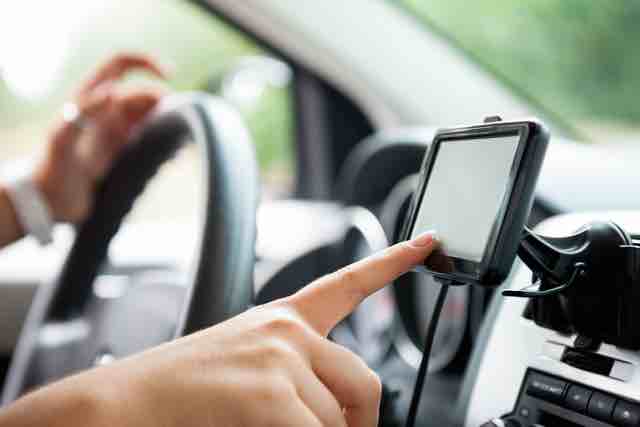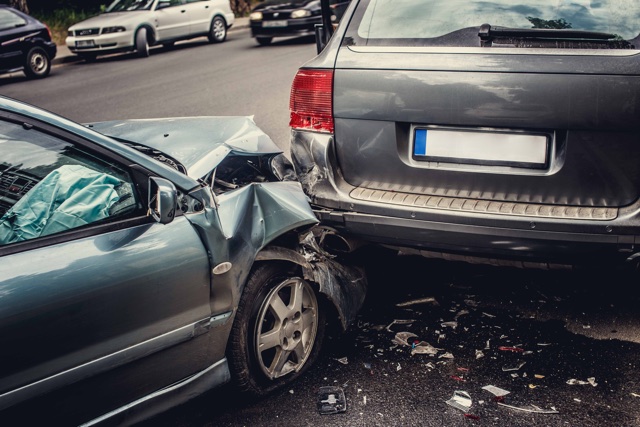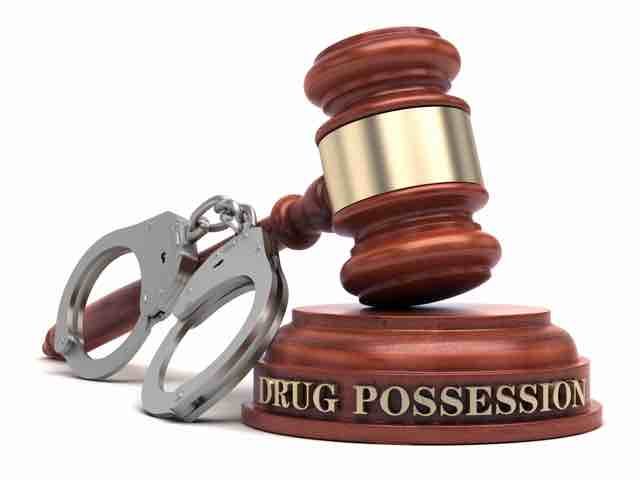
How is Fault Determined in a Car Accident?
A compensable car accident injury claim can be made by an injured victim so long as each element of negligence can be proved by a preponderance of the evidence. This standard is commonly defined as evidence that more likely than not satisfies every component of negligence. These elements are:
- Duty of reasonable care toward the injured party
- Breach of the duty of care
- The accident substantially caused the alleged injuries
- Damages
Everyone who drives a motor vehicle has a duty to exercise reasonable care toward every other driver, passenger, bicyclist or pedestrian on the roadways. This includes keeping a proper lookout for hazards, focusing on driving and obeying all traffic laws.
Fault by someone other than the injured party is necessary if you want compensation for your economic and non-economic losses. Claimants can be comparatively at fault, though that will reduce the award of damages or compensation by their degree or percentage of fault. Fault can be demonstrated or determined by showing that the other driver violated a traffic law such as by speeding, travelling too fast for the traffic or road conditions, running a red light, not keeping a safe distance behind another vehicle or making an unsafe lane change. Of course, driving while intoxicated or drug impaired or while using a cell phone are instances of unlawful conduct that are factors in numerous traffic injuries and deaths. While being distracted or impaired may create an unreasonable risk or hazard that can lead to increased damages for exhibiting a willful indifference to the safety of others, it is the driving conduct that must have caused the accident such as by not stopping at a stop sign or crossing into the opposite lane of traffic.
Proving Fault
The fault in some traffic accidents is easily determined by the position of the vehicles or the property damage. For example, a car that is struck from behind is more than likely caused by a driver who was following too closely or who was otherwise unable to stop in time because of speeding, distraction or impairment.
Fault may be discerned by a motorist who is found to be intoxicated. Breath or blood tests can determine the driver’s blood alcohol content (BAC). A BAC of at least 0.08% is a presumption that the motorist was under the influence and unfit to drive a motor vehicle but fault is found in the driving conduct that led to the accident. Cell phone records may show that the responsible driver was texting or talking to someone at the moment of or just before impact.
Evidence of fault can also be found in the length of skid marks that can indicate the car’s speed before the collision. If the speed exceeded the posted speed limit or was too fast for conditions, then fault may be established.
Eyewitness testimony can be crucial as well. If an injured claimant contends the other driver ran a red light or stop sign that is disputed by the alleged offender, then either a camera or the testimony of a neutral bystander is necessary to show fault or the claimant may not be able to sustain the burden of proof.
If an automobile product or system malfunctioned and led to loss of control of the car, or if a defect in the roadway confused the driver or a faulty median or barrier failed to protect an errant motorist that led to injuries, then expert opinion is often needed to prove that a defect existed that caused an unreasonable risk of harm under product liability principles.
Fault and Causation
Fault may be imposed on a party but the resulting accident must have been the cause of the injuries sustained by the claimant. For instance, an insurance adjuster or defense attorney will want to know if the claimant had any preexisting injuries or condition such as a bad back or knee or a mental condition. If so, then expert medical testimony and possibly other evidence or expert opinion may be necessary to show that the accident did cause the injury and disability that resulted.
Proving fault in a car accident is not always so apparent. Retaining an experienced personal injury lawyer can be instrumental in determining fault so that you can receive the compensation your injury deserves.



